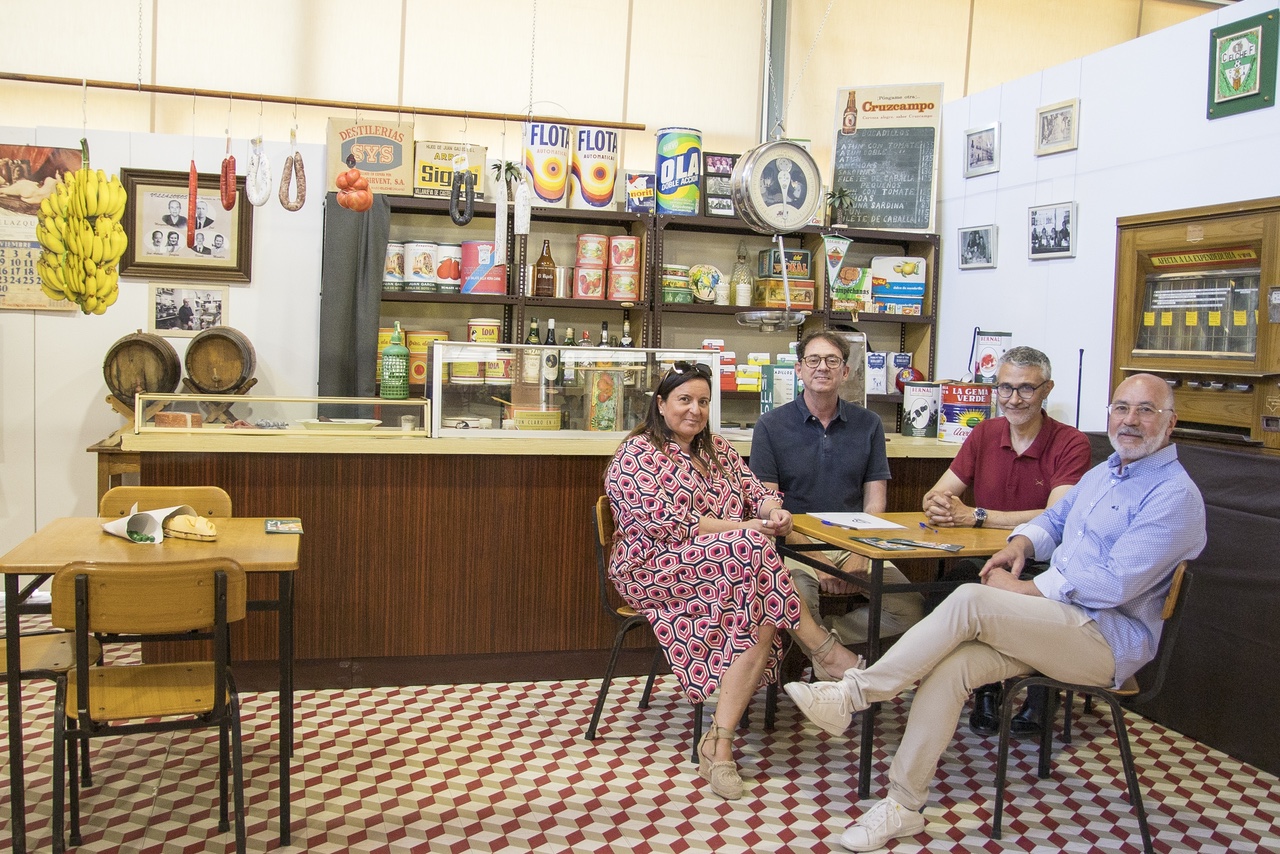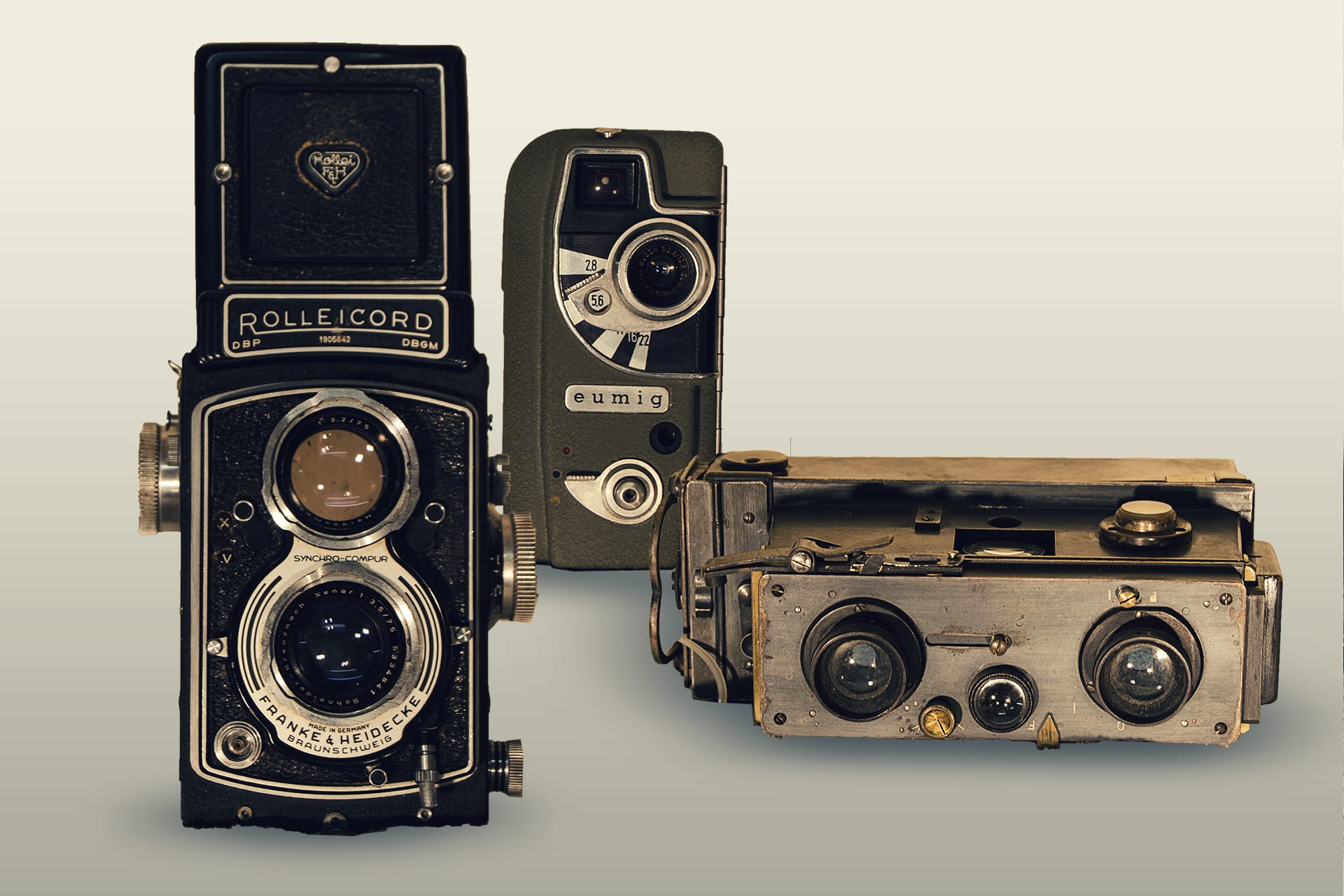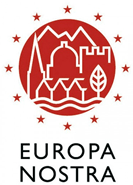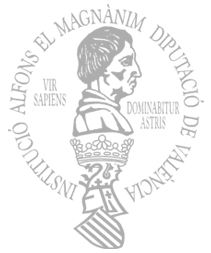
Women and sewing: commentary on a photograph
07-09-2022
As you know, the Puçol Educational-Museum Project has as its raison d'être the safeguarding and dissemination of the traditional culture of our environment. Within this great project, we develop activities based on the recovery of material and immaterial goods (donations, inventory, conservation, recovery of oral memory...) and their dissemination (guided tours, exhibitions, workshops, publications...)
The recovery of oral testimonies is a regular activity in the project, we carry it out year after year, practically since the beginning of the school museum; but, on this occasion, we have included the novelty of influencing certain aspects related to the museum's latest research topics, such as the changes produced in the countryside as a result of its mechanization or the role of women in rural areas. Thus, following in the footsteps of this second theme, we have asked our interviewees -women over sixty years of age from Puçol and neighboring areas- about the role of sewing in general and that of clothing, in particular.
If we focus on the women in our environment born before the sixties, to a greater or lesser extent, almost 100% have made clothes on one of these machines and/or have worked with it, either to make clothing clothing or footwear.
The photograph that we show, for which this article is written (donated by José Juan Alicante Sánchez) tells us about many things around the sewing machine. It is the scene of a Singer teaching course, in what appears to be a room full of treadle sewing machines, with women and girls working on them. As a result of the invention of the Singer sewing machine in 1850 (a great advance for the benefit of women, since the machine allowed them not to have to do everything by hand), the appearance of workshop-schools aimed at women and girls, both in rural and urban areas.
We do not know the exact date of the snapshot, but it is possible, through certain elements of the photograph, to give an approximate date. In the center of the image, in the background, hangs a large-format portrait of King Alfonso XIII. The image is not sharp enough to be able to identify it, but, through the posture of the body, where the gaze is directed, the position of the hands and the finery that he wears, it is very similar to the canvas of the monarch made by the painter Tomás Martín Rebollo in 1915 for the General Directorate of Fine Arts. Thanks to this detail we can know that the photograph was taken after 1915 and before 1931, the year in which the Second Republic was proclaimed. Also the hairstyles and clothes of the women present, added to all of the above, allow us to conclude that it is the twenties of the twentieth century.
Continuing with the photograph, in a very close-up three very young girls are already playing with small sewing machines, the prelude to what will be, in part, their domestic and working life. It is in the central plane where we see the students of the course, each one in her task, making some garment. Noteworthy is the presence, in the middle rows, of a few girls, perhaps no more than ten years old, also learning to use the Singer. It was more than usual for boys and girls to drop out of school at a very young age. The truth is that many women from Elche, from a very young age, learned to use sewing/dressing machines, even as children. Many learned in private homes, from the hand of friends, neighbors and/or relatives.
At this point it is interesting for us to talk about the testimony of one of our interviewees, who had to leave school at the age of ten to learn to dress and work on it. We have come across opinions of all kinds: from the one that comments that the task of the sideboard was a liberation for women, who stopped working night and day in the field, outside, experiencing heat and cold; to the one that assures that it was pure slavery, since the woman continued to take care of her house, her animals (if she had one, that she lived in the countryside), her sons and daughters, her grandparents and/or or in-laws...
To finish the analysis of the snapshot, we finally see, next to the wall and standing, those who possibly are the owners of the company. Among them, two women, who were very likely teachers of the students present.
There are multiple samples of embroidery that we keep in the museum, as well as magazines and learning books on "cutting and tailoring" and the sewing and sewing machines themselves, fundamental to our recent history in general and to the history of the jump from women into the world of work, in particular.
Authors: Marian Tristán and Borja Guilló, coordinator and technician of the School Museum.










